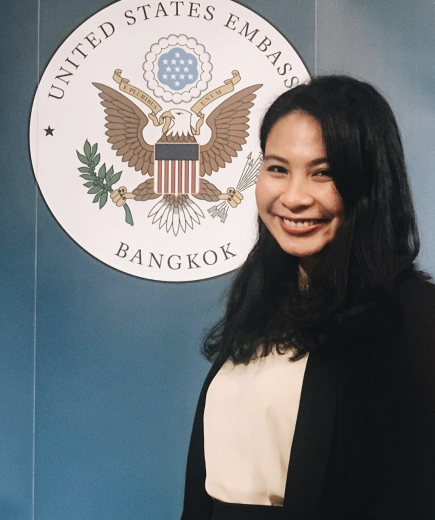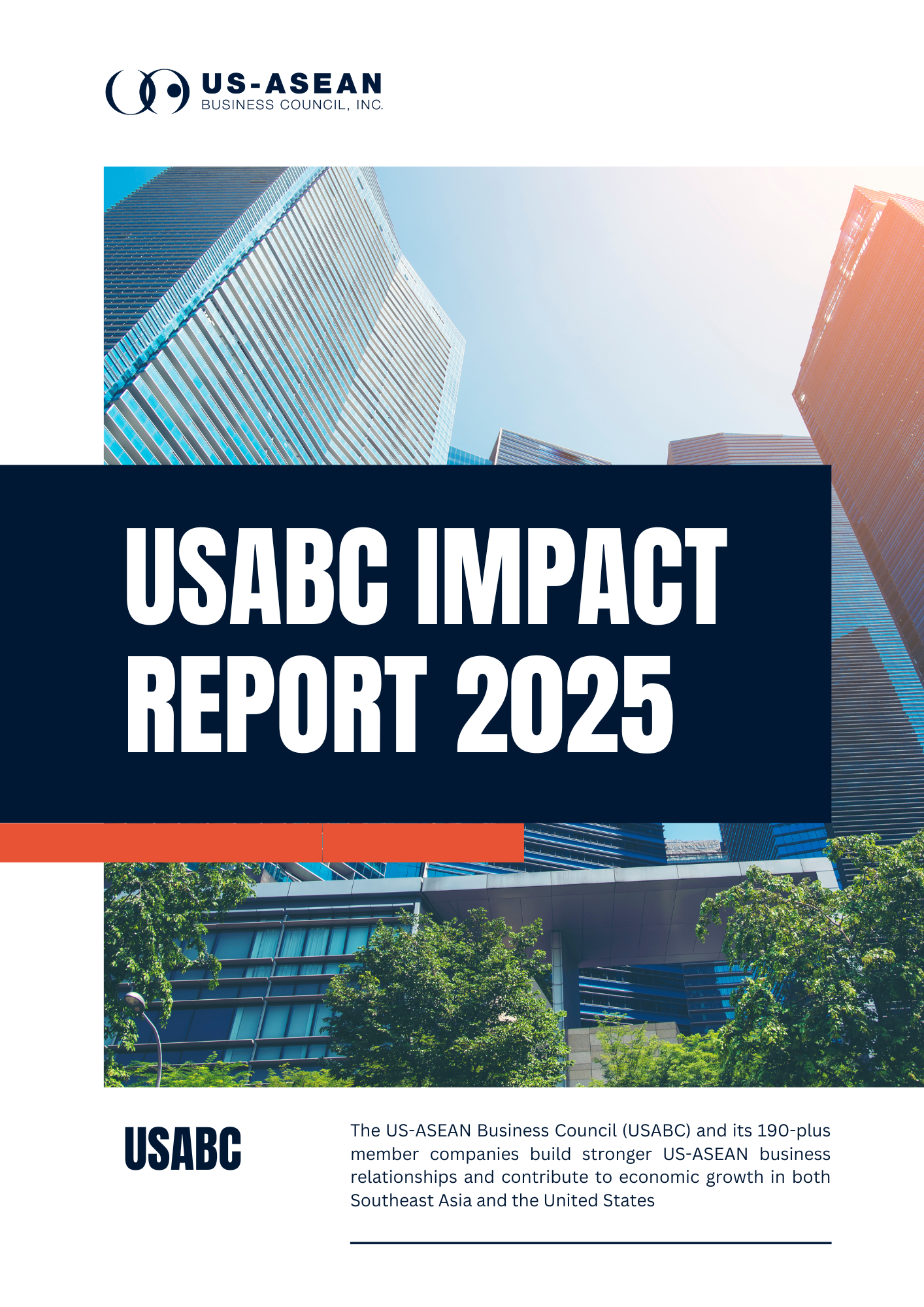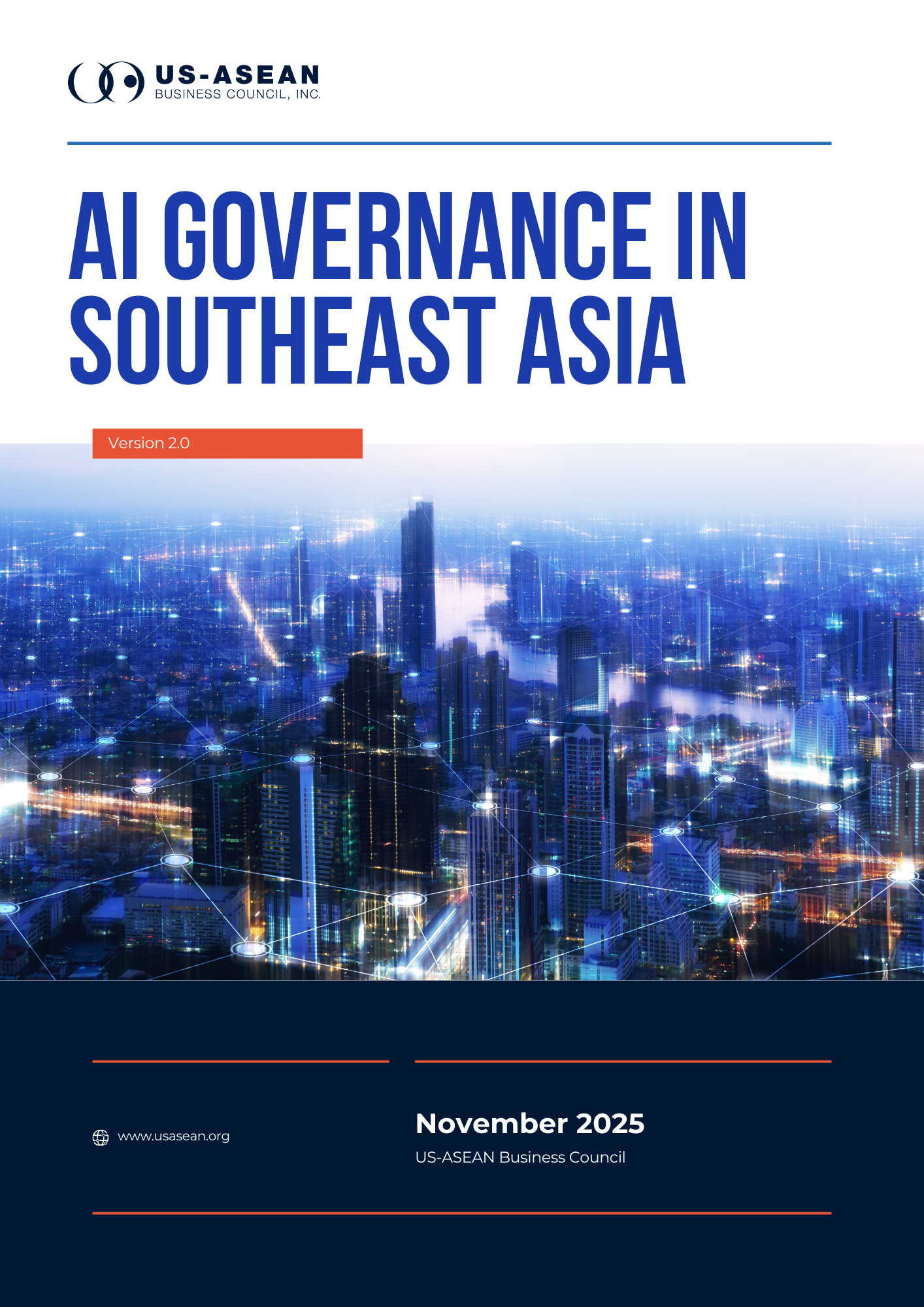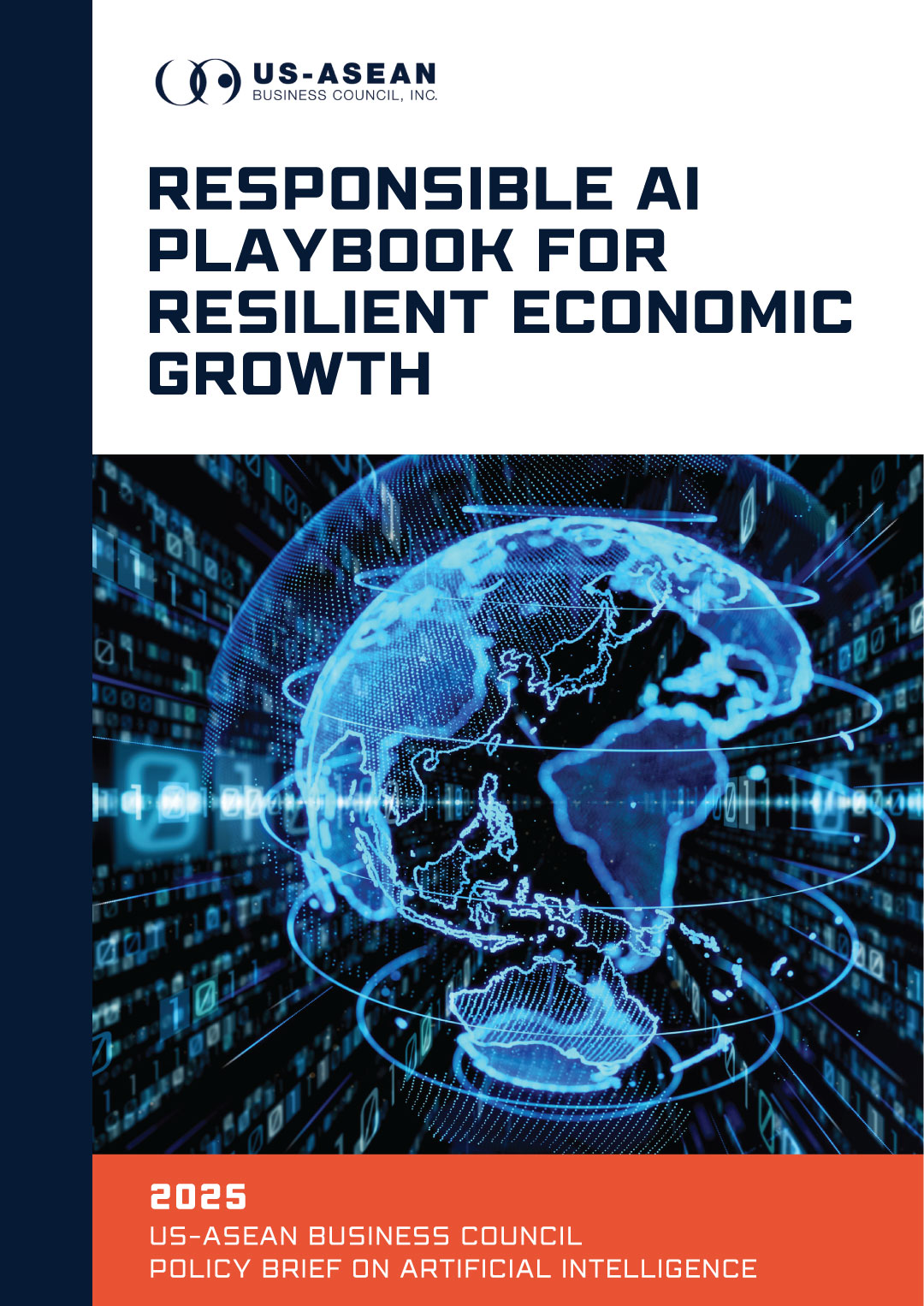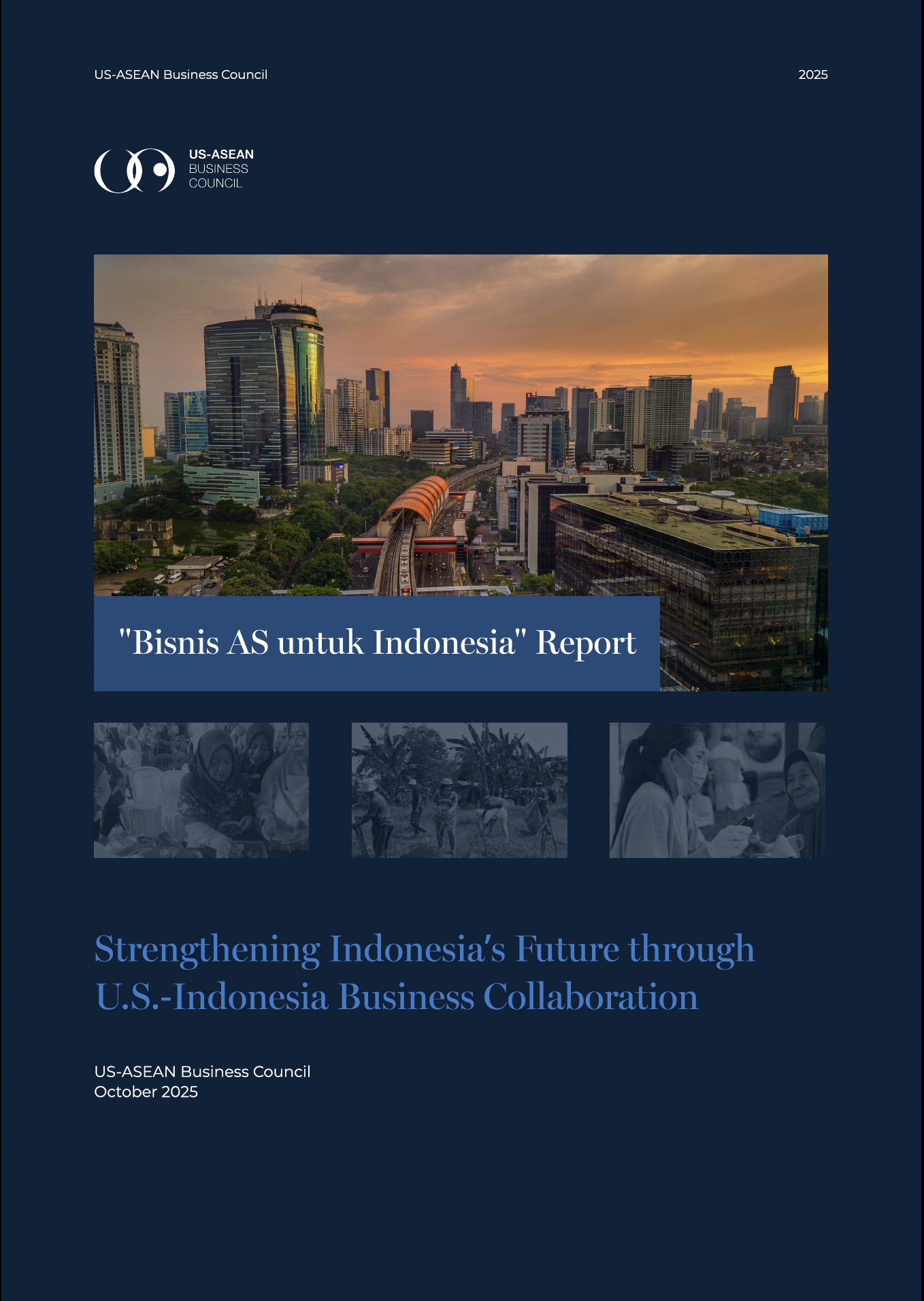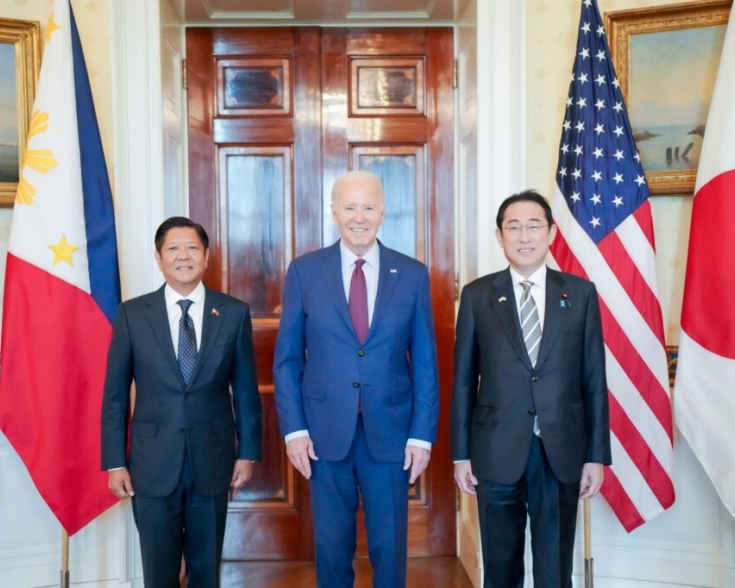Economic Initiatives and Infrastructure Further Boost ASEAN Tourism Growth

In 2023, Southeast Asian countries experienced notable growth in tourism. According to data compiled by Nikkei from ASEAN governments statistics and publicly available sources, the total number of visitors to the region surpassed 100 million in 2023, equivalent to 70% of the pre-pandemic level in 2019. This recovery was fueled by economic revitalization following the pandemic and the establishment of new transportation infrastructure.
Regionally, the ASEAN Tourism Strategic Plan (ATSP) established a target of the tourism sector contributing up to 15% of ASEAN's regional GDP by 2025. Among countries in the region, Thailand emerged as the top destination for foreign tourists with 28 million foreign tourists in 2023, a surge of 2.5 times from the previous year. Factors such as the country's economic recovery and initiatives like the visa-free policy with partner countries contributed to this increase.\
Meanwhile, Malaysia rebounded with 20 million tourists, reaching 77% of pre-pandemic levels, and Singapore experienced a significant surge with 13.6 million international visitors, marking a 116% increase from the previous year. Vietnam received 12.6 million tourists in 2023, almost 4-fold more than 2022 level earning $1.5 billion in revenue and reaching 70% pre-pandemic 2019 level. Indonesia reached 11.68 million, a 98.6% increase from 2022 international tourist arrivals. The Philippines exceeded its annual target of 4.8 million and received 5.5 million international tourists, with South Korea overtaking China as its top overseas market.
Laos and Cambodia witnessed increasing foreign tourist arrivals last year in popular spots such as Luang Prabang and Siem Reap due to significant infrastructure improvements. The establishment of Laos-China Railway and the new Siem Reap-Ankor International Airport have played pivotal role in enhancing accessibility and connectivity, and boost more tourists.
Recently, Brunei-based infrastructure company, Brunergy Utama, also announced anambitious proposal of a 1,600 km high-speed railway system for the entire island of Borneo, from Borneo’s western coast to its easternmost reaches. The railway would connect Brunei with its neighboring Southeast Asian nations, Malaysia and Indonesia, including the latter’s future capital city. The project aims to enhance transportation connectivity in the region and boost economic development.


